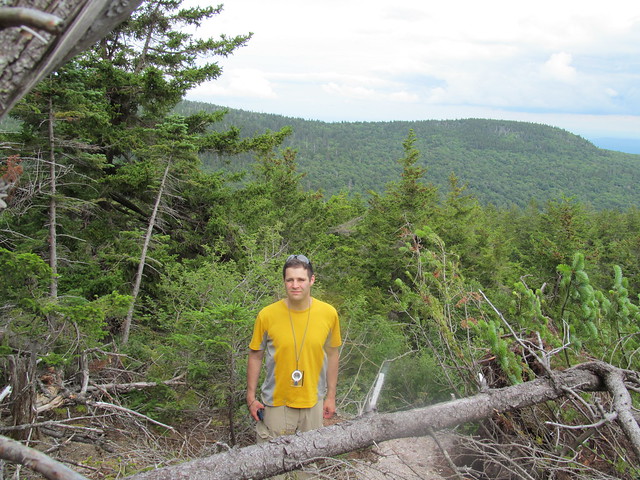So much hostility towards the younger generation coming from the generation that will completely wipe out social security... and we're the ones wrecking it.... I completely agree and usually try to carry two forms of navigation. I know how to navigate by compass as I was in a public school that actually taught us the basics on how to navigate but have only ever used my phone. Using a phone allows you to use the GPS, MPH, terrain, and much more. It makes much more sense to use something that is so multi-function and can do much more then a paper map. Again I do try to carry more than one form of navigation but hey, HYOH.
- Home
- Forum
- Journals
- Gallery
- What's New?
- Todays Posts
- 2,000 Miler Listing
-
Odd & Ends
- About WhiteBlaze/Tools
- About WhiteBlaze
- WhiteBlaze user agreement
- WhiteBlaze logo progression
- WhiteBlaze screen savers
- Purchase a banner spot
- Quick reference
- Usercp
- Subscribed Threads
- Members List
- Calendar
- Mark all forums read





 Reply With Quote
Reply With Quote



